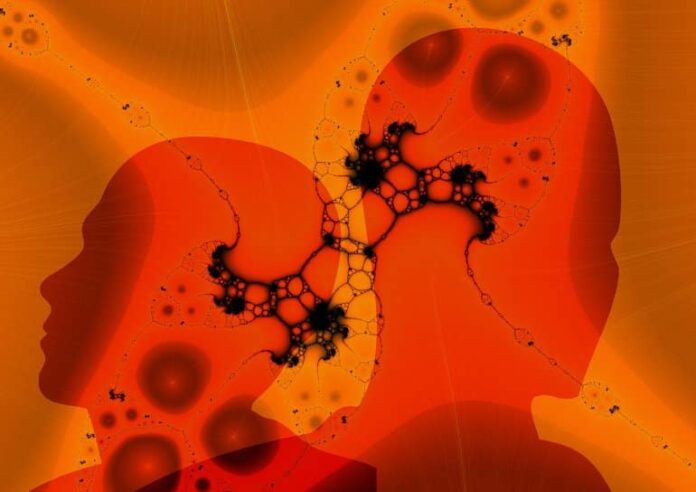Summary: Neurons in the infralimbic cortex control the link between food cues and behavioral actions, such as overeating or bad food choices. When these neurons are regulated, the rat models consumed fewer treats.
Source: UT El Paso
Science is a step closer to a new response to obesity, thanks in part to a study conducted by a team that included Sergio Iñiguez, Ph.D., associate professor of psychology at The University of Texas at El Paso.
The 10-member team led by Brandon Warren, Ph.D., assistant professor of pharmacodynamics at the University of Florida, made discoveries about a specific area of the brain tied to recollection and the desire to seek and consume food. It could lead to a way to inhibit the desire to overeat.

Iñiguez, who directs UTEP’s Iñiguez Behavioral Neuroscience Lab and helped design novel experimental techniques for the research, said that people tend to overeat when exposed to cues or environments that remind them of treats, which is one reason why people opt for dessert even after a filling meal.
The study showed that neurons in a specific part of the brain control the link between the cue (seeing the dessert) and the action (ordering the dessert). Iñiguez and team found that animal subjects consumed fewer treats when they regulated that region of the animal’s brain.
The techniques and the data eventually could help overcome some issues linked to obesity such as stroke, Type 2 diabetes, high blood pressure, high levels of bad cholesterol, and coronary heart disease.
“This is a big discovery because we now have experimental tools that allow us to turn off neurons while the subjects engage in a specific behavior,” Iñiguez said. “This research shows that a specific part of the prefrontal cortex of the brain is important for the initial stages of learning to seek food.”
About this obesity and neuroscience research news
Source: UT El Paso
Contact: Victor H. Arreola – UT El Paso
Image: The image is in the public domain
Original Research: Closed access.
“Food-seeking behavior is mediated by Fos-expressing neuronal ensembles formed at first learning in rats” by Richard Quintana-Feliciano, Christina Gobin, Louisa Kane, Bo Sortman, Samantha Rakela, Ariana Genovese, Brendan Tunstall, Daniele Caprioli, Sergio Iniguez and Brandon L Warren. eNeuro
Abstract
Food-seeking behavior is mediated by Fos-expressing neuronal ensembles formed at first learning in rats
Neuronal ensembles in the infralimbic cortex (IL) develop after prolonged food self- administration training. However, rats demonstrate evidence of learning the food self- administration response as early as day 1, with responding quickly increasing to asymptotic levels. Since the contribution of individual brain regions to task performance shifts over the course of training, it remains unclear whether IL ensembles are gradually formed and refined over the course of extensive operant training, or if functionally- relevant ensembles might be recruited and formed as early as the initial acquisition of food self-administration behavior. Here, we aimed to determine the role of IL ensembles at the earliest possible point after demonstrable learning of a response-outcome association. We first allowed rats to lever press for palatable food pellets and stopped training rats once their behavior evidenced the response-outcome association (learners). We compared their food-seeking behavior and neuronal activation (Fos protein expression) to similarly trained rats that did not form this association (non- learners). Learners had greater food-seeking behavior and neuronal activation within the medial prefrontal cortex (mPFC), suggesting that mPFC subregions might encode initial food self-administration memories. To test the functional relevance of mPFC Fos- expressing ensembles to subsequent food seeking, we tested region-wide inactivation of the IL using muscimol+baclofen and neuronal ensemble-specific ablation using the Daun02 inactivation procedure. Both region-wide inactivation and ensemble-specific inactivation of the IL significantly decreased food seeking. These data suggest that IL neuronal ensembles form during initial learning of food self-administration behavior, and furthermore, that these ensembles play a functional role in food-seeking.
Significance statement
Neuronal ensembles within the infralimbic cortex (IL) play a causal role in mediating established food self-administration and food seeking. Here, we conducted region-wide and neuronal ensemble specific inactivation within the IL to determine whether IL neuronal ensembles are involved initial acquisition of food self-administration behavior. We demonstrate that neuronal ensembles within the IL control initial learning of food self-administration behavior.













